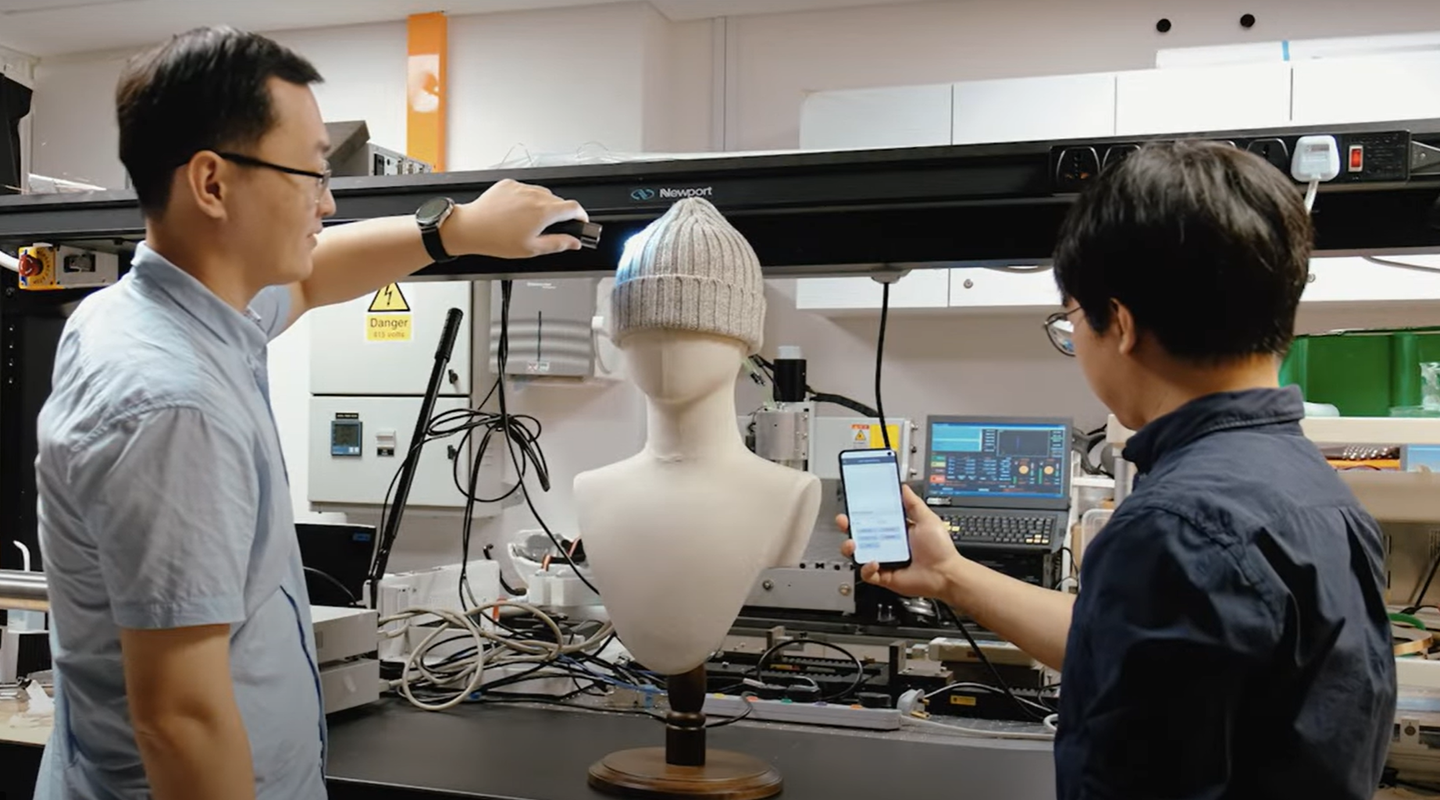Ultra-thin semiconductor fibers turn everyday fabrics into wearable electronics
Scientists have developed ultra-thin semiconductor fibers that can be woven into fabrics, turning them into smart wearable electronics.

Scientists at Nanyang Technological University, Singapore (NTU Singapore), have achieved a remarkable breakthrough in wearable technology by developing ultra-thin semiconductor fibers that can be woven into fabrics, transforming ordinary textiles into smart electronics.
The innovation holds promise for a wide range of applications, from assisting the visually impaired to monitoring heart rate during physical activities.
The development of these semiconductor fibers was prompted by the need for flexible and defect-free materials to ensure stable signal transmission. Previous manufacturing methods often led to stress and instability, resulting in cracks and deformities that hindered performance and scalability.
To address this challenge, NTU scientists conducted extensive modelling and simulations to pinpoint the root causes of stress and instability during manufacturing. Their findings paved the way for a meticulous approach to material selection and production techniques.
Through a combination of common semiconductor materials and synthetic counterparts, such as silicon semiconductor cores with silica glass tubes and germanium cores with aluminosilicate glass tubes, the research team achieved a breakthrough.
These materials were chosen for their complementary attributes, including thermal stability, electrical conductivity, and optical compatibility.
Related Stories
By subjecting the materials to high temperatures and carefully controlling the manufacturing process, the scientists succeeded in fabricating hair-thin, defect-free fibers spanning impressive lengths. Importantly, these fibers retained their flexibility and functionality, enabling seamless integration into fabrics using existing methods.
The performance of these semiconductor fibers surpassed expectations during laboratory tests. They exhibited exceptional responsivity across the entire visible light spectrum, from ultraviolet to infrared, and demonstrated robust signal transmission capabilities with a bandwidth of up to 350 kilohertz (kHz). Remarkably, the fibres proved to be 30 times tougher than conventional counterparts, ensuring durability and longevity.
Moreover, the fibers underwent rigorous washability testing, with cloth woven from semiconductor fibers enduring ten cycles in a washing machine without a significant drop in performance. This durability bodes well for real-world applications where wearable electronics must withstand daily use and maintenance.
The practical implications of this breakthrough were demonstrated through a series of innovative prototypes developed by the NTU research team. These included a smart beanie hat equipped with light sensors to assist visually impaired individuals in crossing roads safely by triggering alerts on a mobile application.
Another prototype, a smart shirt woven with semiconductor fibers, served as a wearable information hub, providing real-time updates about exhibits in museums or art galleries. This information was relayed to the wearer through an earpiece, enhancing the visitor experience.
Additionally, the team designed a smartwatch featuring a wristband embedded with semiconductor fibers, which functioned as a flexible and conformal sensor for monitoring heart rate. Unlike traditional designs with rigid sensors, the fibers offered superior comfort and reliability, particularly during vigorous physical activities.
Dr. Li Dong, a Research Fellow involved in the project, highlighted the versatility and compatibility of their fiber fabrication method with existing textile industry machinery. This compatibility opens the door to large-scale production and widespread adoption of semiconductor fibers in wearable electronics.
Looking ahead, the NTU researchers are exploring new materials and hollow core shapes to expand the applications of semiconductor fibers. By pushing the boundaries of wearable technology, they aim to create functional and versatile solutions that address diverse societal needs.
The development of ultra-thin semiconductor fibers represents a significant milestone in the evolution of wearable electronics. Through interdisciplinary collaboration and innovative engineering, NTU scientists have unlocked a new realm of possibilities for smart textiles, paving the way for a more connected and responsive future.
For more science news stories check out our New Innovations section at The Brighter Side of News.
Note: Materials provided above by The Brighter Side of News. Content may be edited for style and length.
Like these kind of feel good stories? Get the Brighter Side of News' newsletter.



